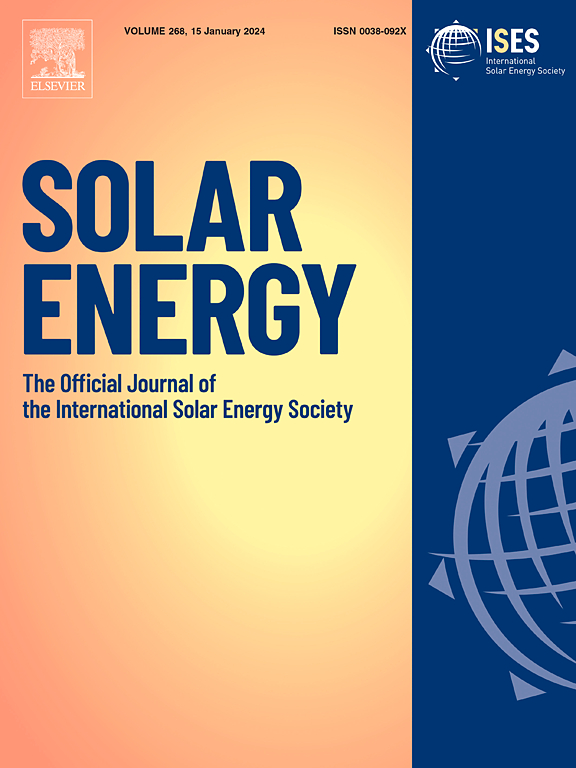Toward high-performance carbon-based perovskite solar cells
IF 6
2区 工程技术
Q2 ENERGY & FUELS
引用次数: 0
Abstract
Owing to massive global energy claims and up-to-date environmental issues, the necessity to realize renewable, abundant, efficient, and low-cost energy sources is urgently required. Solar energy is a favorable source that is expected to fulfill the future energy demand all over the world. Organic/inorganic hybrid perovskites are good solar harvesting materials that recently gained intensive attention due to their high absorption coefficient, broadly tunable bandgap, incredible charge mobility, long charge diffusion lengths, and long carrier lifetime. Interestingly, over the past ten years, perovskite solar cells (PSCs) have demonstrated striking competitive power conversion efficiency (PCE) of over 25%. Despite its rapid progress, a few crucial challenges prevent this ground-breaking technology—which can be summed up as long-lasting stability—from being commercialized. A range of carbon-based materials (CBMs) such as fullerenes, graphene, graphene derivatives, carbon dots, graphene quantum dots, and carbon nanotubes are used extensively in PSCs to improve their performance, especially stability, because they are inexpensive, easily processed, stable, and have unique optoelectronic properties. In this regard, the most recent developments regarding the use of CBMs as interface layers, electron transport layers (ETLs), hole transport layers (HTLs), additives to perovskite layers, as well as counter electrodes are examined in detail. Furthermore, the improved stability as a result of using CBMs in PSCs is emphasized. Last but not least, we address future perspectives on carbon-based PSCs, focusing on existing challenges and potential solutions.
求助全文
约1分钟内获得全文
求助全文
来源期刊

Solar Energy
工程技术-能源与燃料
CiteScore
13.90
自引率
9.00%
发文量
0
审稿时长
47 days
期刊介绍:
Solar Energy welcomes manuscripts presenting information not previously published in journals on any aspect of solar energy research, development, application, measurement or policy. The term "solar energy" in this context includes the indirect uses such as wind energy and biomass
 求助内容:
求助内容: 应助结果提醒方式:
应助结果提醒方式:


